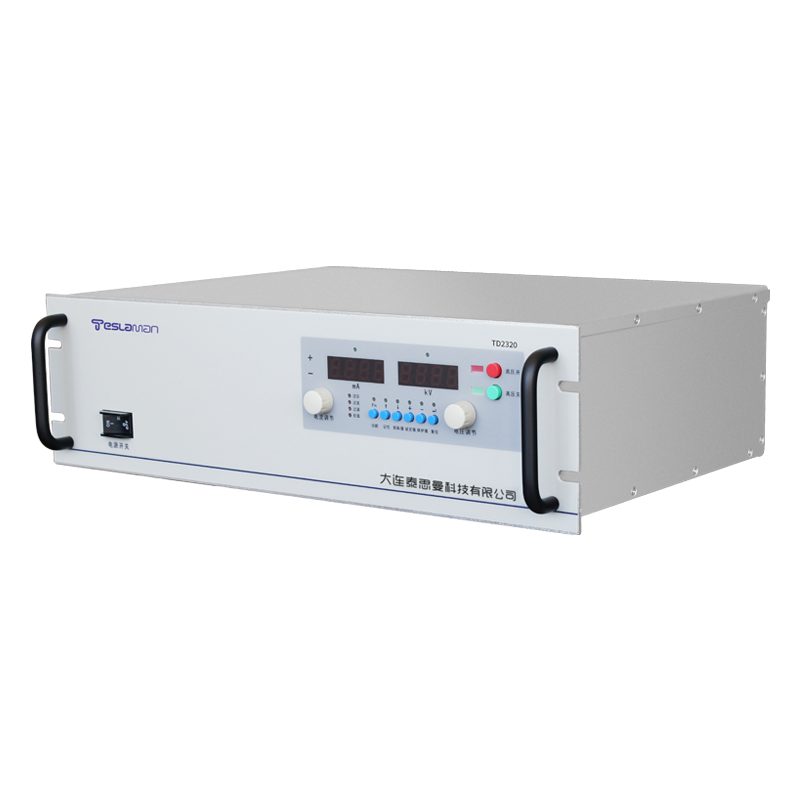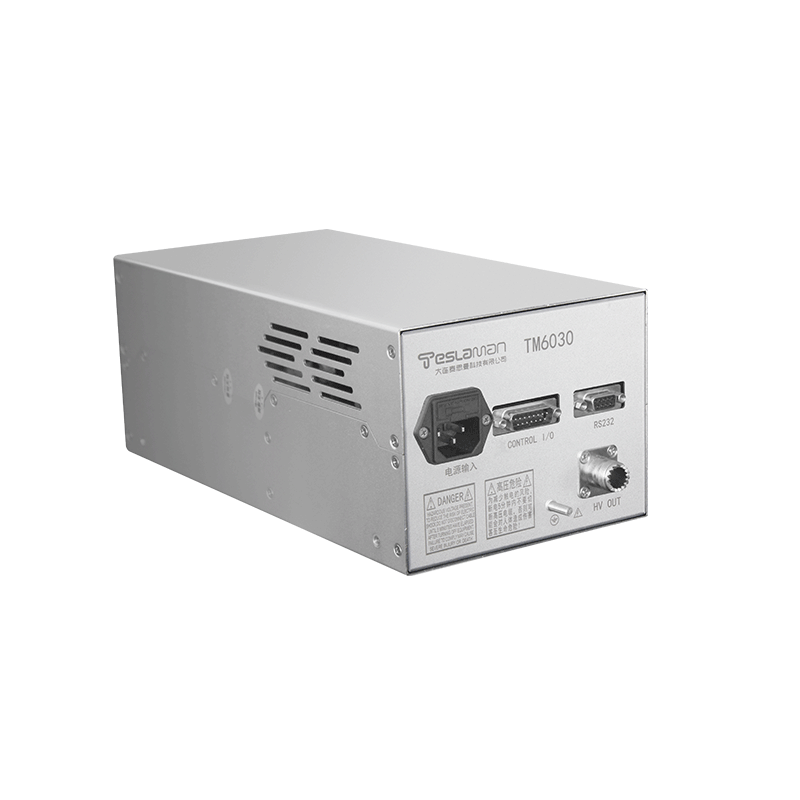Long-Term Precision Maintenance of ppm-Level High-Voltage Power Supplies
In precision instrument calibration, particle accelerators, and quantum metrology, the long-term stability of ppm (parts per million) level high-voltage power supplies directly determines measurement system confidence. This paper systematically elaborates key technologies for maintaining 10^-6-level accuracy over decades from material degradation, environmental coupling, and control architecture perspectives.
1. Fundamental Physical Limits and Aging Modeling
Long-term drift primarily originates from resistor network aging (ΔR/R≈0.5ppm/√khr) and dielectric absorption (DA≈10^-5). Accelerated aging tests based on Arrhenius models demonstrate that optimizing voltage divider TCR from ±2ppm/℃ to ±0.1ppm/℃ reduces 10-year accumulated errors below 3ppm. Ruthenium oxide glass glaze resistors paired with AlN substrates show 0.3ppm/khr drift after 1000-hour aging at 125℃.
2. Multi-Dimensional Temperature Compensation
Thermal EMF from temperature gradients (ΔT≤0.01℃/min) requires triple-point compensation: module internal温差控制在±0.05℃ (microchannel phase-change cooling), symmetric dual-loop voltage dividers (counteracting axial heat flow), and Pt1000 thin-film sensors (0.001℃ resolution). This system suppresses temperature coefficients to 0.05ppm/℃ across -55~125℃.
3. Quantum Reference Transfer and Self-Calibration
Josephson junction array quantum voltage standards (<0.02ppm uncertainty) enable weekly auto-calibration via fiber-optic isolation. Dynamic voltage comparators (24-bit DVM) achieve 0.5ppm linearity at 100kV ranges, with Kalman filtering limiting annual drift to ±1ppm. In synchrotron applications, this architecture delivers 0.8ppm beam energy stability over 72 hours.
4. Electromagnetic-Mechanical Stress Decoupling
Vibration-induced contact potential differences (5-2000Hz, 0.5Grms) are attenuated 60dB via 3D isoelastic suspension (resonance <2Hz), maintaining mechanical stress-induced fluctuations <0.1ppm. For AC magnetic interference (≤100μT), coaxial dual-layer permalloy shielding (>80dB@50Hz) with counter-wound compensation coils reduces AC modulation depth to 0.05ppm.
5. Digital Lifetime Prediction and Maintenance
Deep learning-based degradation models monitoring ripple spectra (0.1-10MHz), leakage currents (1fA resolution), and partial discharge signals (0.1pC sensitivity) provide 3000-hour early warnings for component failures. In semiconductor ion implanters, this extends preventive maintenance intervals from 6 months to 5 years with voltage drift maintained within ±2ppm.
Conclusion
The long-term stability of ppm-level high-voltage supplies has transcended conventional electronic limits, advancing toward quantum-referenced intelligent systems. Future breakthroughs require superconducting voltage dividers, single-electron tunneling benchmarks, and self-healing materials to achieve sub-ppm stability over decades.




















